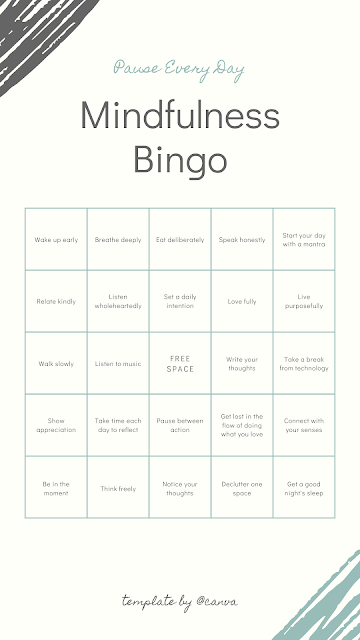Sleep Hygiene
 One of the biggest complaints I have gotten from
parents lately has been “help! my child is having a hard time falling asleep”. This
has become a common complaint among parents because kids are having to deal
with a lot more uncertainty, stress, worry, and change. Like adults, kids also carry the worries and
stresses of their day into their nighttime sleep. This is one of the biggest
factors for problems initiating sleep, more vivid dreams, and poorer sleep among
youth.
One of the biggest complaints I have gotten from
parents lately has been “help! my child is having a hard time falling asleep”. This
has become a common complaint among parents because kids are having to deal
with a lot more uncertainty, stress, worry, and change. Like adults, kids also carry the worries and
stresses of their day into their nighttime sleep. This is one of the biggest
factors for problems initiating sleep, more vivid dreams, and poorer sleep among
youth.
Try and break the stress/worry cycle by trying some of
the following strategies listed below.
For further reading please see the resources posted at the end of this
article.
·
Create a consistent bedtime routine –
For example, bath, brush teeth, story time, etc. A consistent routine creates structure and
predictability for a child. This helps
decrease worries as a consistent routine creates safety and certainty for the
child. Even if the world is unpredictable, they can rely on a stable routine.
·
Allow them space to talk –
Sit with your child and give them an opportunity to speak about whatever is on
their mind. Try not to talk too much,
really focus on listening as children are often good at solving their own
worries. If they are struggling with
managing their worries read the article below on “12 kid friendly coping skills
for sleep”.
·
Allow your child to self-regulate
- Your child needs to learn how to sleep by themselves. This may mean you set limits- when you say
its time to go, you go. Don’t fall into the trap of staying when your child
says, “don’t leave me” or “sleep with me all night”. Instead, have them regulate their emotions by
encouraging them to read, listen to music, or use a nightlight. Get them to come up with a list of calming
activities they could do to help them settle into sleep.
·
No screens before bed –
Avoid all devices for at least an hour before bed. The blue light from screens can alter the
body’s natural sleep hormone melatonin.
·
Consider Melatonin –
Melatonin is a natural hormone produced in our bodies that helps initiate sleep.
If taken two hours before bedtime it can help transition your child into sleep
more easily.
·
Get your child to “give away” their
worries – help your child externalize their worries by giving then
a doll, stuffed animal, or other comfort type item that they can tell their
worries to. Children can share their
worries with the doll and then put it under their pillow or on a shelf. The doll the does the worrying for the child
so they don’t have to.
·
Do not skip the bedtime story –
A story can act as a good distraction and help shift your child’s mind away
from worries and into a fun imaginary world.
·
Get rid of stimulants – Avoid
giving your child any food items or liquids that contain caffeine (pop,
chocolate, energy drinks) close to bedtime. If your child is taking medication,
check the side effects as many cold medications and ADHD medications can
increases sleeplessness.
·
Talk to your pediatrician –
They can help you rule out any medical causes of sleeplessness, including sleep
apnea, allergies etc. that may be hindering their sleep.
Resources
- Child Anxiety and Sleep - https://www.alaskasleep.com/blog/child-anxiety-and-sleep
- 12 Kid Friendly coping skills for sleep - https://copingskillsforkids.com/blog/12-kid-friendly-strategies-to-calm-anxiety-at-night-from-a-child-therapist


Comments
Post a Comment